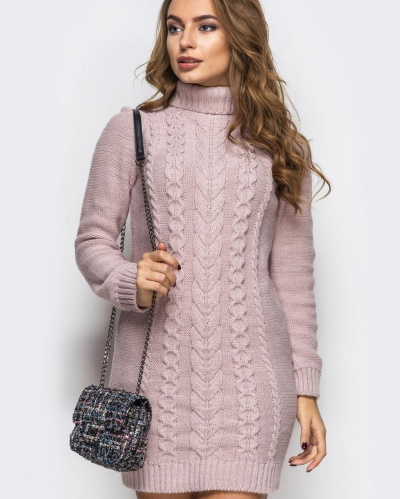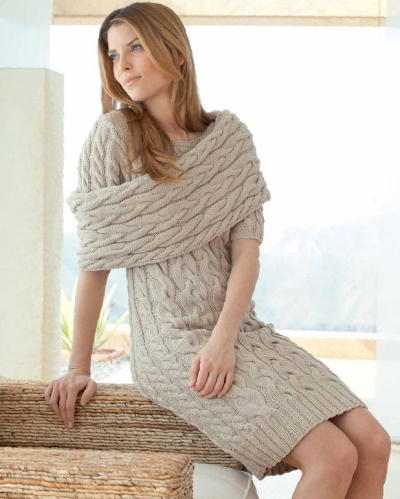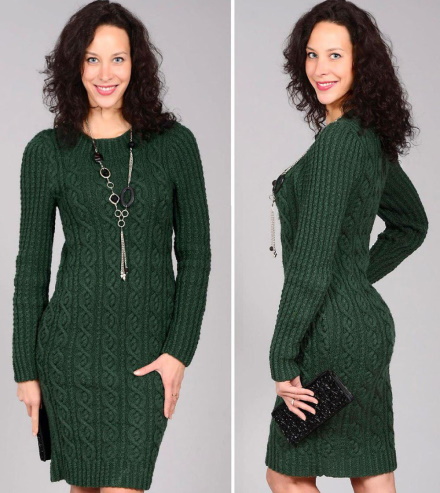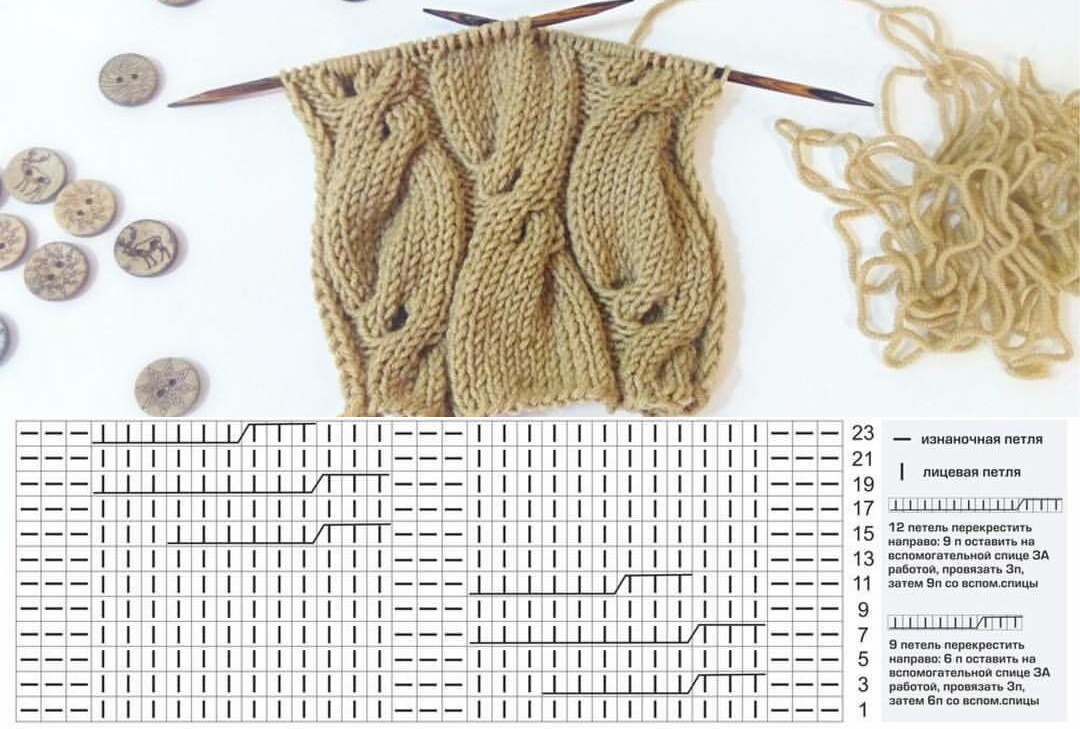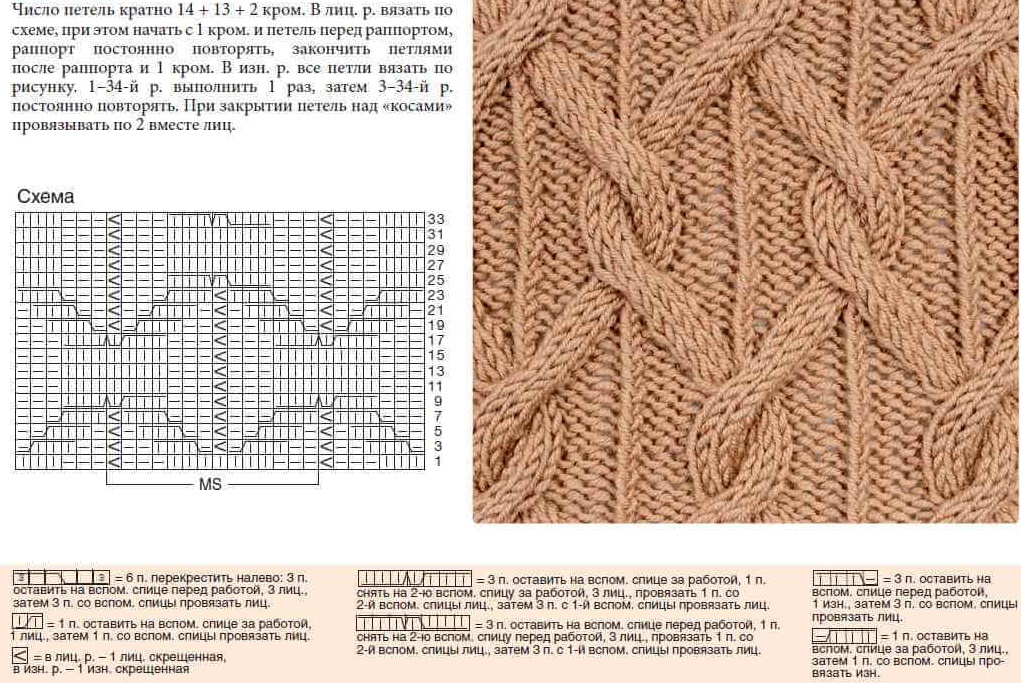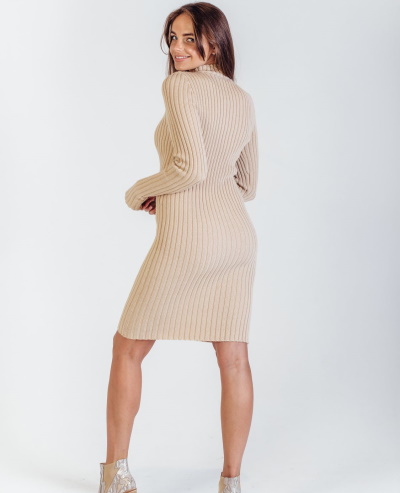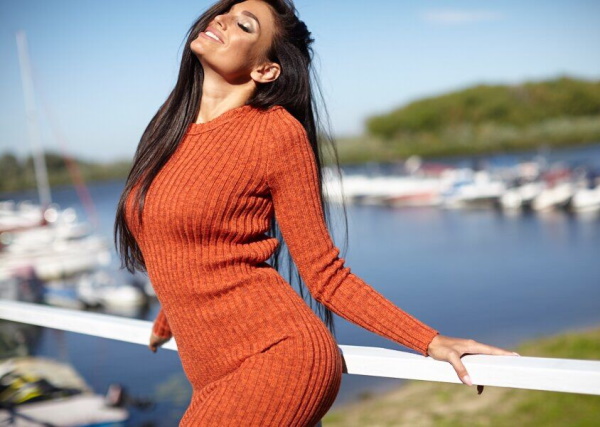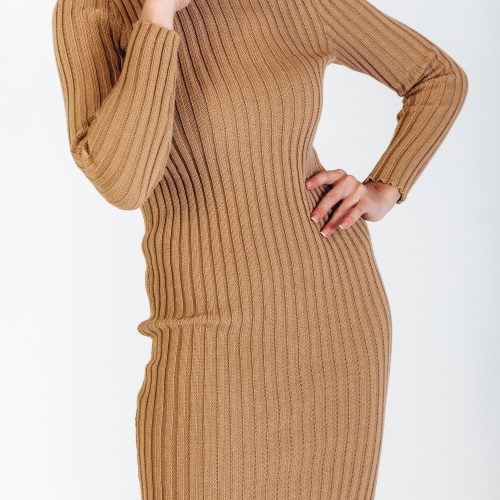Knitted dresses are relevant at any time of the year due to their ease of wear and variety of styles. If the item is knitted independently, then the woman becomes the owner of not only a fashionable, but also unique wardrobe itemTo create simple models you will only need knitting needles, yarn and a little patience.
Knitting tools
When choosing yarn, you should pay attention to:
- compound;
- thread thickness;
- the required quantity.
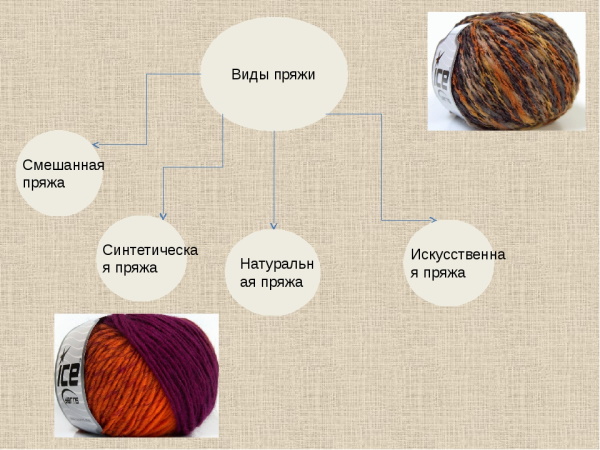
For summer items, yarn made from natural plant fibers is suitable: cotton, flax, viscose. Beginner needlewomen should choose medium-thickness threads, since it is much more difficult and takes longer to work with thin yarn.
The warmest winter clothes are made from sheep, camel or goat wool.
However, it should be taken into account that pure wool products shrink significantly when washed, and wool can have an irritating effect on sensitive skin. Therefore, the optimal choice is yarn containing 30-60% synthetic fibers (for example, acrylic).
If you have little experience in knitting, you should not use very thin or, conversely, very thick knitting needles. It is enough to buy one pair of straight and circular knitting needles No. 3.5 – 4.5. They can be wooden, metal or plastic – here, each craftswoman develops her own preferences over time.
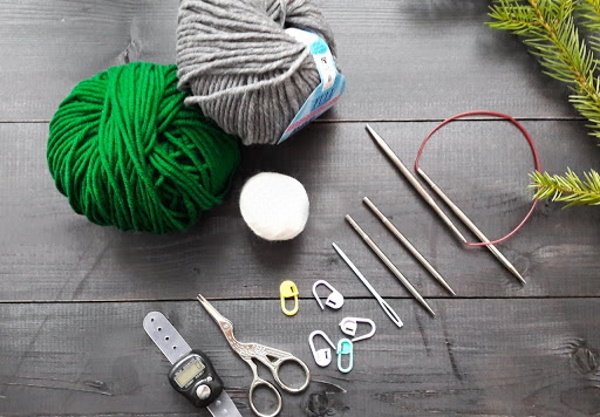
It is not recommended to knit with aluminum needles, as they bend and can even break during work. In addition, they leave marks on light yarn. You should also pay attention to the smoothness of the surface of the needles and the strength of the cable attachment on circular needles. This allows you to move the loops without effort.
In addition, the following additional tools will be required during the work process:
- crochet hook;
- scissors;
- sewing needles with large eyes;
- centimeter.
Master classes
Warm
A knitted dress for women, decorated with longitudinal "braids", can become the most popular thing in the winter wardrobe due to its laconicism. The description contains data for 4 sizes: 38, 40, 42 and 44.
For work you will need two types of thread, close, but not identical in color: 400-450-550-650 g of pure wool (350 m per 100 g) and 150-200-250-300 of thin mohair (490 m per 50 g). You will also need two pairs of knitting needles: No. 4 and 4.5 and one additional knitting needle.
All work is done in two threads: wool + mohair. This model combines several types of patterns. The "elastic" is knitted by alternating 2 front and 2 out loops. Even rows should be knitted according to the pattern.
For a “double elastic” you should cast on half the required number of loops with an additional thread of a contrasting color.
Then knit with the main thread in the following order:
- row 1 – alternately knit and yarn over;
- row 2 – repeat yarn over and slip stitch in front of fabric;
- Row 3 and further – alternately knit and slip, as in the previous row.
When the work is finished, the extra thread is removed. The simplest method of knitting "face stitch" is to knit knit / purl rows of knit and purl, respectively.
"Scythe 1":
- The element is knitted on 20 loops. Up to and including the 8th row, in odd rows, knit 2 purl / 16 knit / 2 purl, and in even rows, respectively, the opposite.
- In the 9th row, the front loops are crossed to form a "braid". To do this, 4 sts are transferred to an additional knitting needle in front of the fabric, the next 4 sts are knitted as front loops, then the first 4 loops are knitted as front loops. The next 8 sts are knitted in the same way, but the loops transferred to the additional knitting needle are placed behind the fabric.
- Next, repeat rows 3–10 in height the required number of times.
"Scythe 2":
- 1st row: 2 out., 4 persons. transfer to an additional needle in front of the fabric, knit 2 times 2 sts together persons., also knit the deferred loops doubled, 4 persons. transfer to an additional needle behind the fabric, knit 2 times 2 sts together persons., knit the deferred loops 2 together, 2 out. In total, 12 sts should remain.
- 3rd row: 2 out. – 8 persons. – 2 out.
- 5th row: 2 purl, 2 sts on additional needle in front of fabric, 2 knits, 2 sts set aside knit stitches, 2 sts on additional needle behind fabric, 2 knits, 2 set aside knit stitches, 2 purl.
All even rows should be done according to the pattern. Knit from the 3rd to the 6th row to the desired length.
The sequence of knitting the dress parts is presented below:
- The back is knitted from the bottom, casting on 55-58-61-64 sts on knitting needles No. 4. After 4 rows of “double elastic”, their number should double: 110-116-122-128. Next, you need to knit 8 rows (3 cm) with a regular 2/2 elastic.
- Continue working with stocking stitch on knitting needles #4.5. In the first row, decrease 6 sts, distributing them evenly along the length of the row.
- In the 19th row, make two decreases, stepping back 7 sts from the edges of the piece. To perform the first of them, knit the 8th and 9th sts together. For the second decrease, transfer one knit st from the left to the right knitting needle without knitting, knit the next one with a regular knit stitch and pull it through the removed loop. The same decreases must be repeated 7 more times in every 16th row.
- Having knitted 53-57-61-65 cm after the strip, begin to perform "Braid 1" on both sides of the back. To do this, on the 4 initial loops of the row, knit the last 4 sts of this element, and on the last 4 loops - the first 4 sts of the "Braid". Between them, knit the fabric with the front surface.
- Simultaneously with the actions of point 4, it is necessary to redistribute the loops so that their number in "Braid 1" again increases to 20. To do this, make 16 increases of 1 st on both sides of the back, including them in the "Braids". At the same time, on the fabric between us, make 16 similar decreases according to the description given in point 3. After 59-63-67-71 cm after the strip, the loops on the knitting needles should be located in the following order: "Braid 1" - 20 sts, front surface - 48-54-60-66 sts, "Braid 1" - 20 sts.
- To knit a raglan, continue decreasing the stitches on both sides of the stockinette stitch. First, decrease 19-21-21-21 times in every 3rd row, then 0-0-2-2 times in every 2nd row, and finally 0-0-0-2 times in the following rows in a row. Approximately 23–26 cm from the base of the bevels, set aside the remaining stitches without closing.
- For the front panel of the dress, cast on 62-65-68-71 sts on knitting needles No. 4 and knit 4 rows of the strip with a “double elastic band”. On the resulting 124-130-136-142 sts, knit 8 rows, distributing the loops in the following sequence: edge - 20 sts. “Braid 1” - simple “elastic band” - 20 sts. “Braid 1” - edge.

- Then continue the work in the same order on knitting needles No. 4.5, making 4 uniform decreases of 1 st between the “braids” and moving to the front surface.
- In the 19th row, decrease one edge loop of the front fabric near the braids. Then repeat such decreases 7 more times in each 16th row.
- At a height of 27-28-29-30 cm after the bar on the loops of "Braid 1" you need to continue knitting "Braid 2". In this case, the number of loops in each of the elements will decrease to 8.
- At a height of 50-54-58-62 cm after the bar, you need to double 8 sts in “Braids 2” (= 16 sts) and continue doing “Braids 1”.
- Simultaneously with the foundation of "Braid 1" you should start making the raglan. To do this, between the braids you need to decrease one loop, closest to them, on both sides in every 3rd row 21-23-25-31 times. Then make another 4-4-4-0 such decreases, but in every 4th row.
- At a height of 59-63-67-71 cm from the upper edge of the strip, close 1 st on each side of the piece. When the height of the raglan line reaches 23-24-25-26 cm, the work can be temporarily put aside without closing the neck.
- To make the sleeves, cast on 22-24-26-28 sts for each of them on No. 4 knitting needles and knit with a “double elastic” 4 rows.
- On the resulting 44-48-52-56 sts, perform 8 rows, knitting 12-14-16-18 sts with a simple 2/2 "rib" along the edges of the sleeve and "Braid 1" in the middle. Next, switching to knitting needles No. 4.5, continue working in the same order, replacing the "rib" with a front surface.
- In the 9th row, make one increase, stepping back 2 sts from the beginning and end of the row. Then repeat similar increases 9 more times in each 8th row and, following this, 7 times in each 6th row.
- At a height of 27-28-29-30 cm from the bar, it is necessary to replace “Braid 1” with “Braid 2”. To form a raglan, 21-22-23-24 cm after switching to “Braid 2”, it is necessary to perform decreases on both sides in the following order: 3 sts, 21-22-23-24 times 1 st in every 3rd row. Having knitted 25-26-27-28 cm of raglan, work with unclosed loops should be put aside.
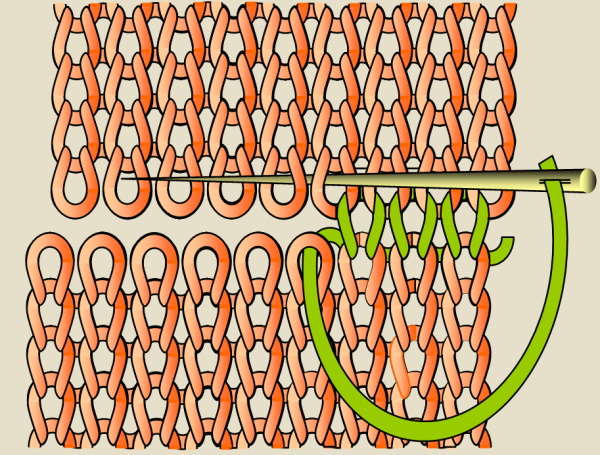
- The assembly of the product begins in the raglan seams, leaving only the left side of the back unstitched. Then all the open loops are transferred to knitting needles No. 4 and knitted on them 4 rows. regular "elastic" and the same number of "double elastic". Then the neck is closed and the last seam of the raglan is sewn. Lastly, the seams of the sleeves and sides should be connected.
Winter
The knitted dress for women presented below will allow you to look fashionable even in severe frosts. To work on this model, you will need 250 g of thin yarn (550 m per 100 g).
Approximate composition of the thread:
- polyacrylic – 50%;
- wool – 30%;
- polyester – 20%.
You also need to stock up on two pairs of knitting needles No. 4.5 - straight and circular. Calculations are given for sizes 36 - 38.
- To knit the back panel, cast on 99 sts on straight knitting needles, knit in a straight line with a rib pattern, marking 3 front sts in the middle of the piece and moving the mark up as you knit the rows. Each front row should begin and end with 2 front sts near the edge sts, and alternate 3 purl - 3 front sts between them. Knit the purl rows according to the pattern.
- After 49.5 cm, make one “underlined decrease 1” on each side. To do this, knit the edge - 2 front - 3 out - 2 front, slip the next st as front, make 1 front st and pull it through the previous slipped st. On the opposite side, knit 2 sts together at the same distance from the edge of the panel as at the beginning of the row.
- Next, in every 4th row, you need to make 11 of the same decreases on both sides of the back.
- Having knitted 71.5 cm from the beginning of the piece, you should do “underlined decreases 2” 4 times, also on both sides in every 4th row. To do this, the first 2 and last 2 loops in the row, not counting the edge loops, should be knitted together with the front or back loop, focusing on the pattern. When the length of the piece reaches 77 cm, it is put aside without closing the remaining loops.
- The front part of the dress is knitted in the same way as the back.
- For the sleeves, cast on 51 sts and knit with a rib pattern, marking 3 middle front sts.
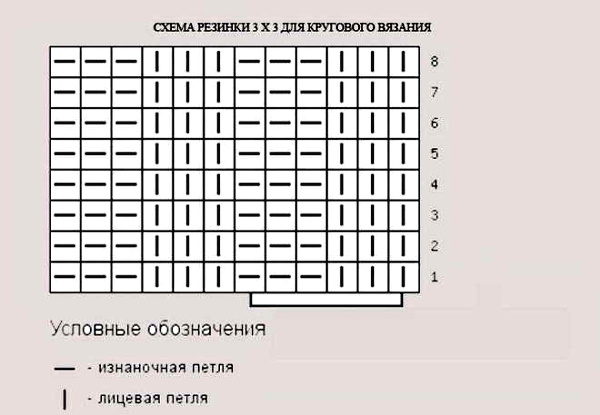
- After 12 cm from the beginning of the sleeve, make one “underlined decrease 1” on each side, and then repeat them 3 times in every 6th row.
- At a height of 20 cm from the beginning of the piece, it is necessary to make one “emphasized increase” on both sides. To do this, knit the edge on the right – 2 persons. – 3 out. – 3 persons., and then knit 1 crossed loop according to the pattern (personal or out.) from the transverse thread. On the left, make a symmetrical “increase” in the same way.
- Next, you should make the “underlined increases” three times in every 10th row.
- At a height of 46.5 cm from the start of the work, you need to perform one “underlined decrease 2” on the sides of the piece, and then another 3 in each 4th row.
- Having knitted a total of 52 cm of sleeve, the loops are set aside.
- To knit the yoke, you need to transfer 220 open loops to circular knitting needles in the following order: back, sleeve, front, sleeve.
- The yoke is made with a "rib" in a circle, knitting the adjacent edge stitches together in the first row with the back side. In this case, continue moving the 3 sts in the middle, marked earlier.
- Having knitted 2.5 cm of the yoke, you need to make two "underlined decreases 3" on each trio of marked loops. To do this, knit the 1st and 3rd loops together with the adjacent loops that are not included in this trio. In this case, the 3rd loop is performed with a leftward tilt, as when knitting the first loop in the "underlined decrease 1". In total, 8 decreases should be made.
- Then you need to do the "underlined decreases 3" 2 times in every 4th row and 9 times every other row. After that, do the same decreases every other row 6 more times, but only on the sleeves.
- Next, continue knitting the collar in a circle without decreasing. At a height of 30.5 cm from the beginning of the yoke, all loops are closed.
- The details are sewn along all seams, including the raglan lines.
Summer from melange yarn
A women's dress of size 36, knitted from polyamide yarn, looks good on a slender figure. To create this model, you will need 250 g of melange yarn (250 m per 100 g) and 2 pairs of knitting needles - straight No. 5 and circular No. 4.5.
The work is carried out in the following order:
- For the front part of the bodice, cast on 54 sts on straight needles and knit in stockinette stitch for 18 cm.
- Then the armholes are formed by closing every other row 3, 2 and 1 loop on both sides.
- After 4 cm from the start of knitting the armhole for the neckline, close 14 sts in the middle, and in the following rows, successively decrease 2 and 1 st on each side. Two sides of the neckline are knitted separately with 11 sts. At a height of 13 cm from the base of the neckline, close all the loops.
- The back part of the bodice is knitted in the same way, but you need to start shaping the neckline much higher, at a height of 12 cm from the beginning of the armhole.

- The finished parts need to be sewn together at the sides and shoulders. After that, you need to cast on loops on circular knitting needles along the waist line, distributing them evenly around the circumference. Continue working on the front side in a circle.
- Having knitted 7 cm, the fabric is divided into 6 equal segments, marking every 13th st. On both sides of these loops, one loop should be added to widen the hem.
- Next, you need to make the same increases after 3 cm, and then twice more after 2 cm. Then knit to the desired length and close all the loops.
From sectional yarn
Knitted dress with knitting needles for women who want to look elegant and, at the same time, original, made of viscose melange yarn. The description is given for 4 sizes: 36-38, 40-42, 44-46, 48-50.
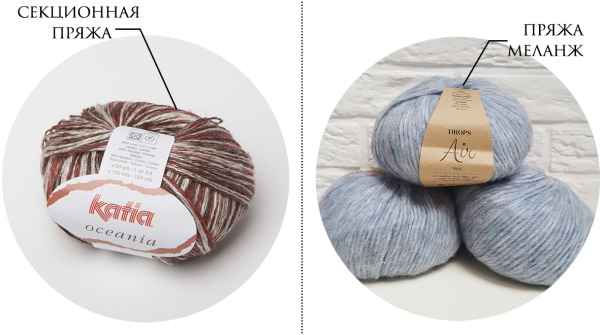
For work you will need threads (250 m per 100 g) - 300 g for sizes 36-38 and 400 g for each of the others. You will also need two pairs of circular knitting needles No. 4.5 - 40 cm and 80 cm.
Below is the sequence of work on this model:
- Cast on 188-200-214-228 sts on long needles and knit in a circle up to the armholes. Mark the beginning and middle, i.e. the side seam locations, and move the marks as you move up.
- First, knit 5 rows with a “pearl pattern”, alternating one front and one back, and shifting them in each row.
- Next, you need to move to the front surface, making bevels. To do this, you need to make 11 "decorative decreases" from the sides in each 16-16-15-15 row. One "decorative decrease" corresponds to 2-3 loops knitted together with the front before and after the mark. Moreover, the loop before the mark is made with a left tilt. Thus, in one circular row, 4 decreases are made.
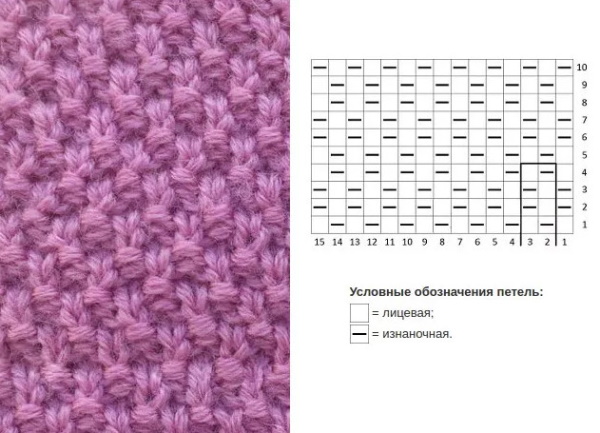
- After 58-57-56-55 cm from the beginning of the hem, the work is divided into 2 parts and knitted separately. 5 sts along the edges of the front piece should be knitted with a “pearl pattern”. To decorate the armholes, 13 “decorative decreases” are performed in every 4th row after/before the “pearl pattern”. Having knitted the armholes to a height of 18-19-20-21 cm, the piece is set aside.
- The back is knitted in the same way.
- The set aside loops of the neck are transferred to short knitting needles, knit in a circle 3 cm with a “pearl pattern” and closed without tightening.
Made of mohair
Knitted dress with knitting needles for women who value simplicity and convenience, completely made with "semi-patent elastic". Calculations are presented for 3 sizes: 36-38, 40-42, 44-46.
The model requires 2 types of yarn of similar shades: 325-325-250 g mohair (420 m per 50 g) and 250-250-300 g fine wool (640 m per 100 g). You will also need straight and circular knitting needles No. 6 and a hook No. 4.
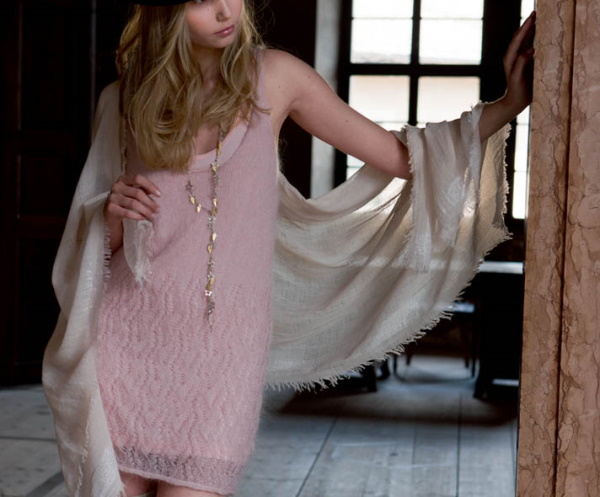
The dress should be knitted in 3 threads: 1 mohair and 2 wool. "Semi-patent elastic" in purl and knit rows is performed on an odd number of loops. The 1st purl row between the edge loops should be knitted, alternating 1 knit and 1 slipped with a yarn over as purl. The last loop, not counting the edge loop, should be a slipped with a yarn over loop.
In the 2nd and subsequent persons. rows, the removed loops with yarns should be knitted as persons., and persons. sts of the previous row as purl. "Half-patent elastic" is also knitted in circular rows, but the number of loops should be even.
The work should be carried out in accordance with the following description:
- For the back, cast on 73-81-89 sts on straight knitting needles and knit 38 cm in semi-patent rib pattern.
- Next, you need to decrease 1 st on each side, and then make 8 more of the same decreases in every 6th row.
- Having knitted 7 cm straight, you will need to make 6 increases of 1 st from each side edge. In this case, from the 2nd to the 4th time, loops are added in every 4th row, and the 5th and 6th increases are made in every 6th row.
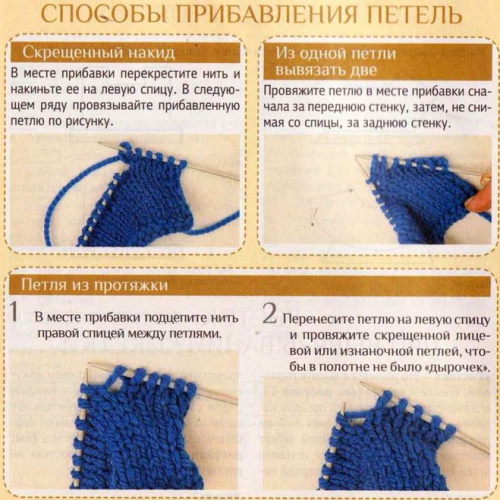
- Then you should knit 16 cm of fabric in a straight line and move on to shaping the armholes. To do this, you need to close 3 sts on both sides, 2 sts every other row and 1 st 2-3-4 times.
- After 22-22.5-23 cm from the lower armhole line, you need to simultaneously begin shaping the neckline and shoulder lines. To do this, close 27 sts in the middle of the fabric and 6-7-9 sts along the edges.
- Next, you need to finish the right and left sides separately. To do this, on the inside, you need to decrease 1 st every other row, and on the shoulder side - another 6-8-9 sts.
- The front panel is knitted in the same way, but with a deeper neckline. To design it, you need to close 9 middle loops 15.5-16-16.5 cm from the base of the armholes. Then you should finish each side in turn, closing 3 sts every other row, then 2 sts, 3 times 1 st and in every 4th row 2 times 1 st.
- For each sleeve, cast on 39-43-47 sts on straight knitting needles and knit 4 cm of fabric. After this, add 1 st in every 10th row for expansion. After 28 cm from the beginning of the piece, form the armhole line by closing 2 sts from the edges, then 9 times 1 st in every 4th row, 1-2-3 times 1 st every other row and 2 times 2 sts.
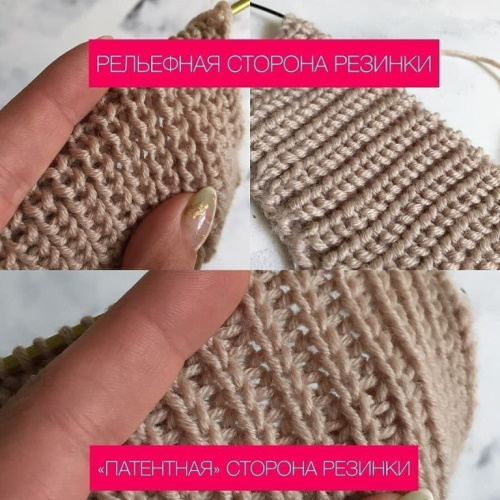
- Assembly should begin with making shoulder seams. Next, taking one thread of mohair and wool, make 12 rows of circular "semi-patent elastic" on circular knitting needles and close the loops. Then connect the sides and sew in the sleeves.
- To complete the work, you need to crochet the neckline, sleeve edges and hem. The binding is done with a double thread in the following order: 1 sc, * 3 ch, 1 sc in the 1st ch, 1 sc in the 2nd ch.* The actions between ** should be repeated.
Needlewomen with little knitting experience may find it difficult to decide to create a large item. The models of women's dresses presented above are relatively easy to make and are accessible to hand knitting enthusiasts who have basic skills.
Author: Veronica Reutova
Video about knitting a dress with knitting needles
Warm dress with raglan top:

